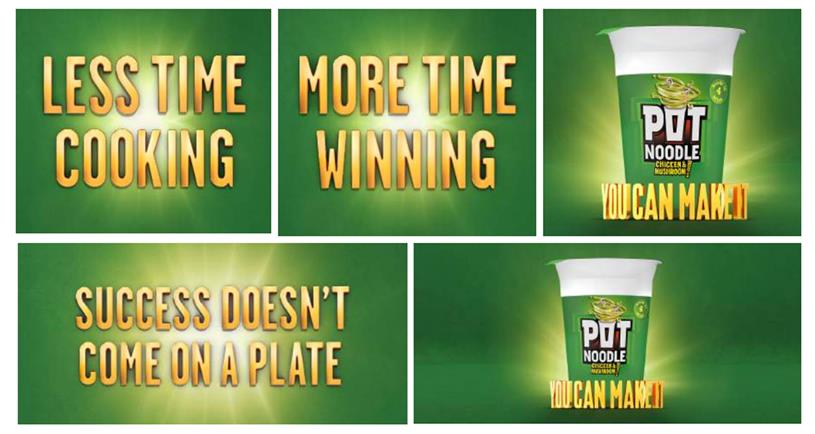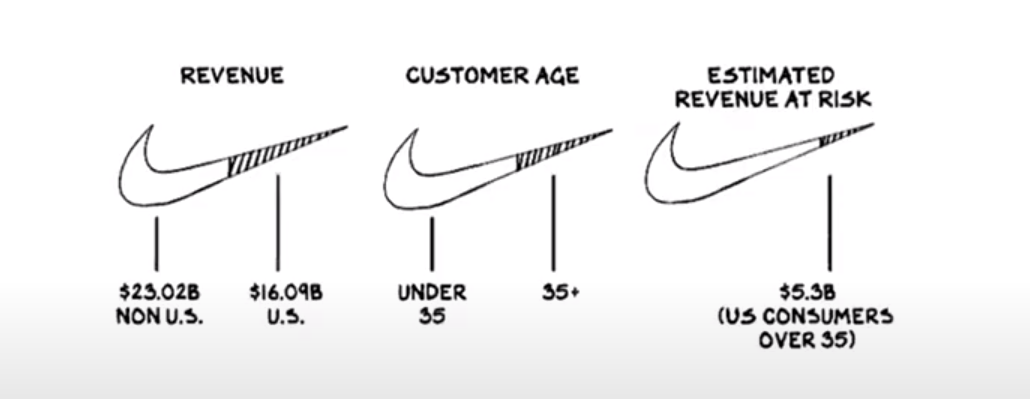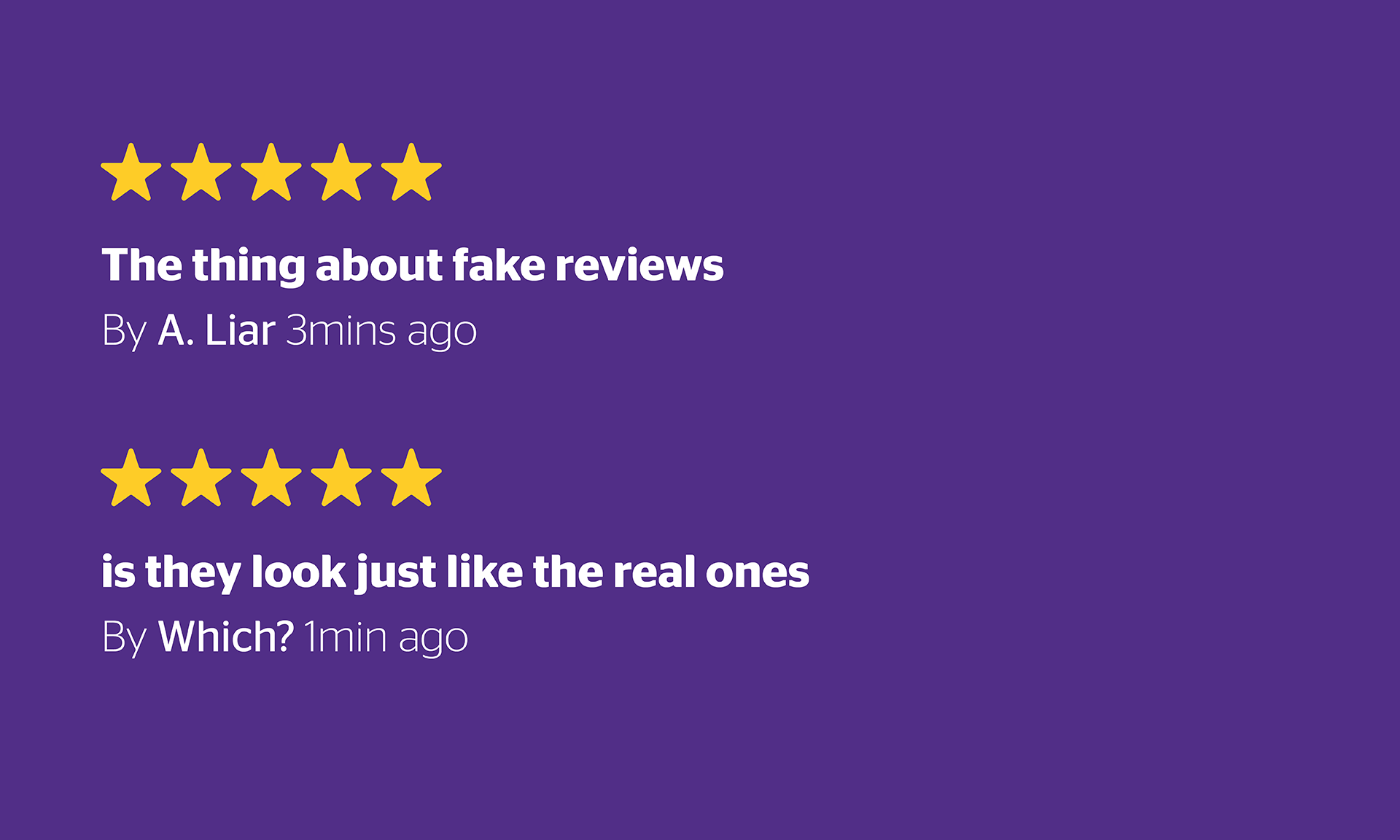WARC's Chiara Manco shares tips and tricks from the APG on how to craft a winning awards paper.
What makes a winning case study? A solid, inspiring and effective campaign is a necessary starting point – but it needs to be presented the right way. With the deadline to its Creative Strategy Awards approaching, the APG has run a series of online events aptly titled How to Win. Jury chairs and past winners shared tips and tricks on how to craft a successful paper, including how to avoid the most common pitfalls of case-study writing and presenting.
Here, we share three pieces of advice that can guide you in crafting show-stopping case studies that do justice to your work and win awards.
The 2021 APG Creative Strategy Awards are open for entries. With the aim of showcasing the best strategic thinking worldwide, the Awards will have international reach and encourage entries the world over.
The theme for this year’s competition is ‘What is Great Creative Strategy?’. Judges will be looking for pure creative strategy: inspired, original thinking that solves business problems and drives long-term growth.
The deadline is 31st March. To read more info and submit your paper, visit the APG website.
#1. Think like a writer
The foundation of every good case study is a solid narrative structure. Charlie Snow, APG Creative Strategy Awards Chair of Judges & Brand and Advertising Consultant, spoke of the importance of taking judges through your strategy’s journey.
When writing your case study, think of judges as readers you want to capture with an engrossing story: create drama by setting out your problem, leave them with bated breath and surprise them with your strategic thinking and solution.

Like with all stories, don’t forget the power of a plot twist. It’s what Vicki Holgate, APG Chair & Executive Strategy Director, Government Comms at MullenLowe, calls the ‘strategic twist’. “This is the pivot point where strategy made the difference,” she explained, “tell us what you did differently: was there information you found that made you think about a problem, brand or product differently? Was yours a radically different solution?”
Lastly, make sure the strategic realisation is linked to the outcome. “This connection is a very easy one to miss,” said Holgate, “judges will be looking for the link between the strategy, the thinking, and what came after it. Make those signals very clear for them to find.”
2017 Silver winner Pot Noodle is a great example of narrative structure done right. Starting out by dramatising the problem, the paper then introduced a strategic twist, demonstrated how that informed the creative idea and finally linked it to the results.

#2. Don't overcomplicate it
Once the foundations are taken care of, it’s time to work out how the narrative will be told, what tone and language to use. When deciding on this, aim for clarity.
“Think about the mindset of someone that has spent many hours reading papers,” suggests Holgate, “make your sentences short and simple and remember that big, complex language will actually undermine your case.” Running your paper past a friend or colleague who is not as close to the work as you can be a good way of testing its clarity.
In addition to awarding Grand Prix, Gold, Silver and Bronze medals, the Awards will also present the following Special Prizes:
- Best Strategic Response to the Challenge of Climate Change
- Best Strategic Response to Covid-19
- Best Media Thinking
- Best Example of Diversity & Inclusion
- Best Application of Broad Thinking
- Pinterest Special Prize for Inspired Creative Thinking
- Denise Williams Special Prize for Best Performance in Front of the Judges
- davies+mckerr Special Prize for Best Insight
- The Nursery Special Prize for Best Contribution to Brand Growth
- Strategy Book Special Prize for Best Written Paper
And remember, clarity requires craft. Holgate and Snow both stressed the importance of polishing your paper. In Snow’s words: “If you’re proud of what you’ve got, make sure it’s beautifully polished and well presented. As a judge, if you find mistakes, you feel like people don’t care.”
Winner of the 2019 Grand Prix with Bodyform/Libresse: There Will be Blood. And Vulvas., AMV BBDO’s Margaux Revol, agrees with this: “Writing a paper is not just about problem-idea-results, you have to look at the minutiae: how to chapter the journey, how to use arresting titles and illustrations that capture people’s imagination.” To that end, think of clever ways to present your evidence. A simple branded device like the below Nike example can go a long way.

#3. Be honest
Polished, however, does not mean artificial. Judges deeply value papers that are honest about the barriers and setbacks they faced in their journey. Revol spoke of her experience writing the Bodyform/Libresse winning paper: “It would have been ironic for us, given our journey to bring more authenticity in the femcare space, to then try and depict a filtered version of reality. It’s important to acknowledge mistakes and things that have been difficult to overcome. It’s also about being generous: these things are extremely relatable and useful for everyone.”

Another past winner, Mother London’s Tatiana Jezierski, echoed this sentiment. “The temptation is to draw a straight line from A to B,” she said, “but the biggest learnings lie in the use of strategy when you came up against pitfalls or unexpected barriers. Giving people a bit of an insider’s look into how everything unfolded is inspiring and educational.”
And if you’re presenting…
Papers that get shortlisted for the APG Creative Strategy Awards move onto the final stage of judging, which is a five-minute presentation. Having such a short space of time to make your case can be daunting, so here’s some advice from Grey London’s Bhavin Pabari. Writer and presenter of the 2019 Gold-winning Which? paper, Bhavin also bagged the Denise Williams Special Prize for Best Performance in Front of the Judges. At one of the events, he shared what he learned:
- Don’t undercook it – The presentation is worth 50% of the total marks, so once you have written that paper, bear in mind there is a second part that is equally important.
- Get an editor – All great writers have a great editor, this is true for papers but also presentations.
- Rehearse for time – It may sound easy, but this was one of the most difficult things: five minutes is not much.
- Rehearse for questions – Get as many smart people as you can to present to, and get them to ask you many questions.
- Use movement and colour – Think about how you can convey energy and life to judges, bringing to life things you couldn’t show in the written paper.

A final reminder
Before you start laying out your narrative structure, asking yourself questions and discussing with your team what to include in your paper, it’s a good idea to take a look at past winners. From a wide range of sectors and tackling a variety of business challenges, they can be great inspiration and give you a feel of what a winning paper looks like.
Ultimately, though, this is your work: be proud of it, show it in your paper and prove just how much it deserves to be a winner.
The deadline to enter the 2021 APG Creative Strategy Awards is 31st March. To find out more and submit your work, visit the APG website.

